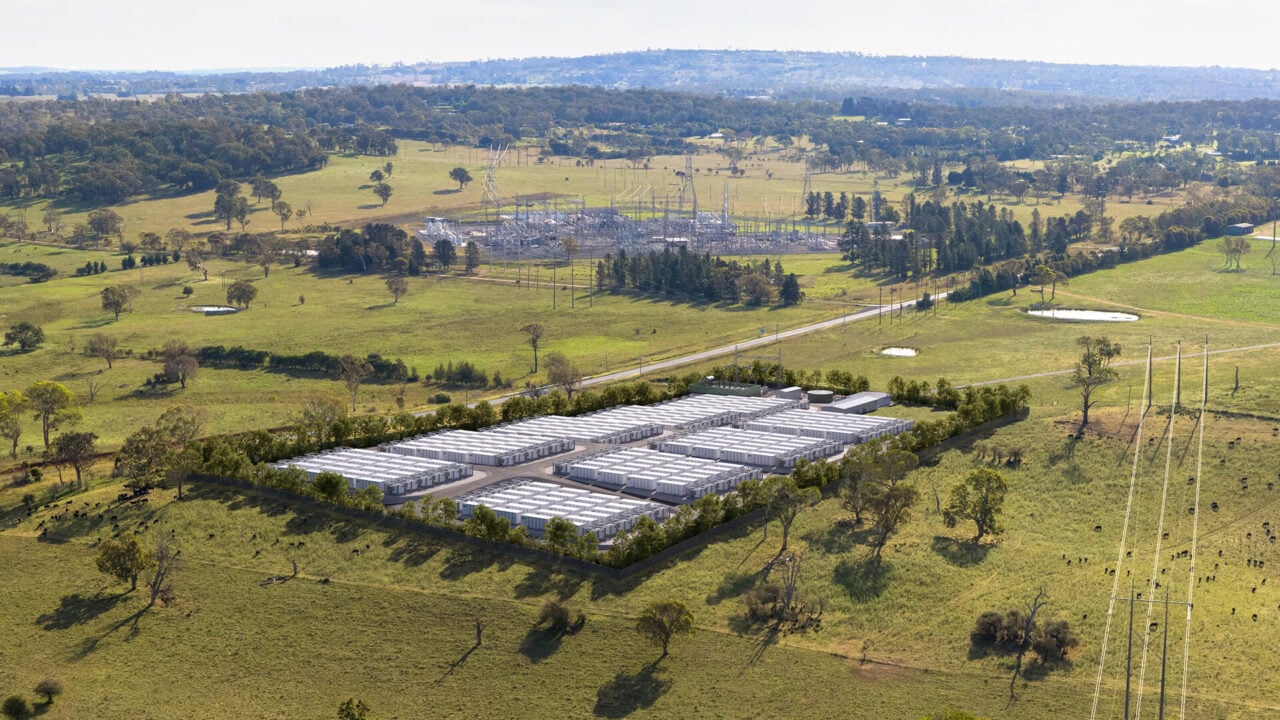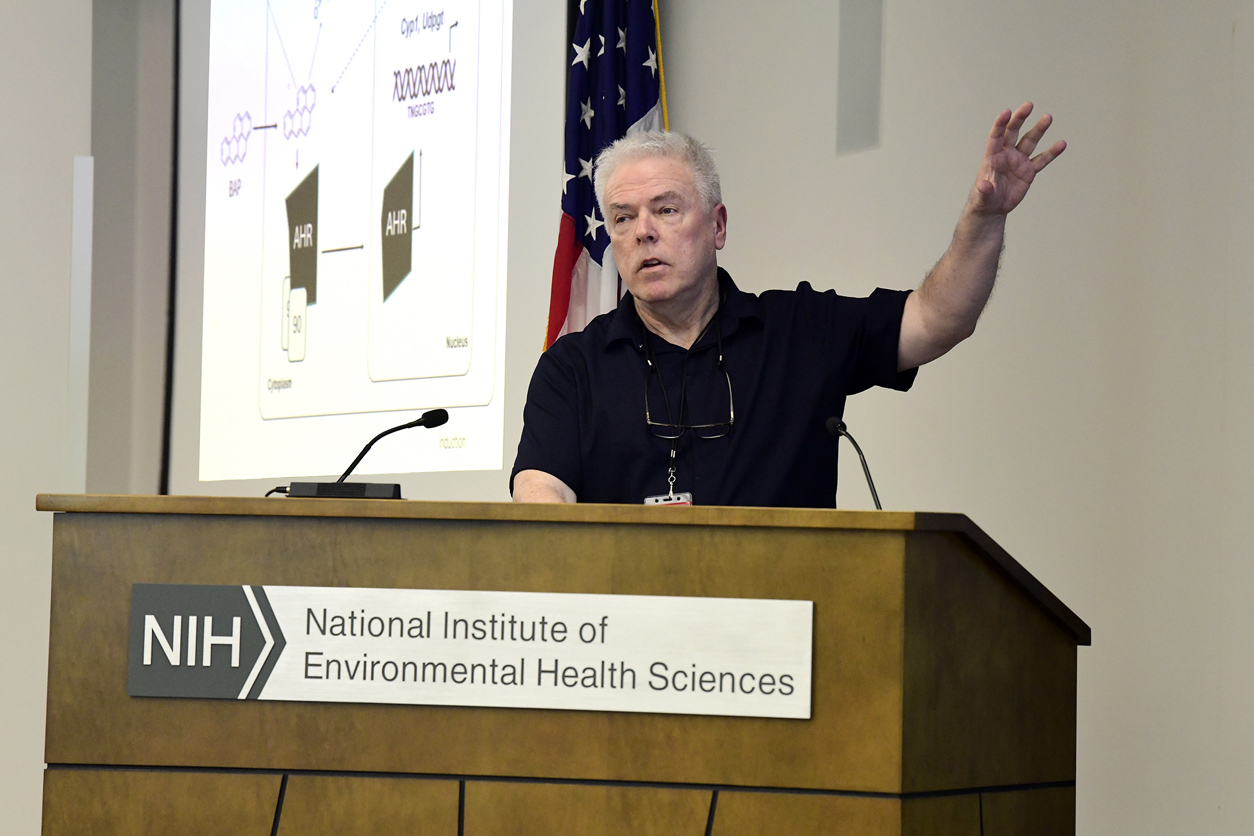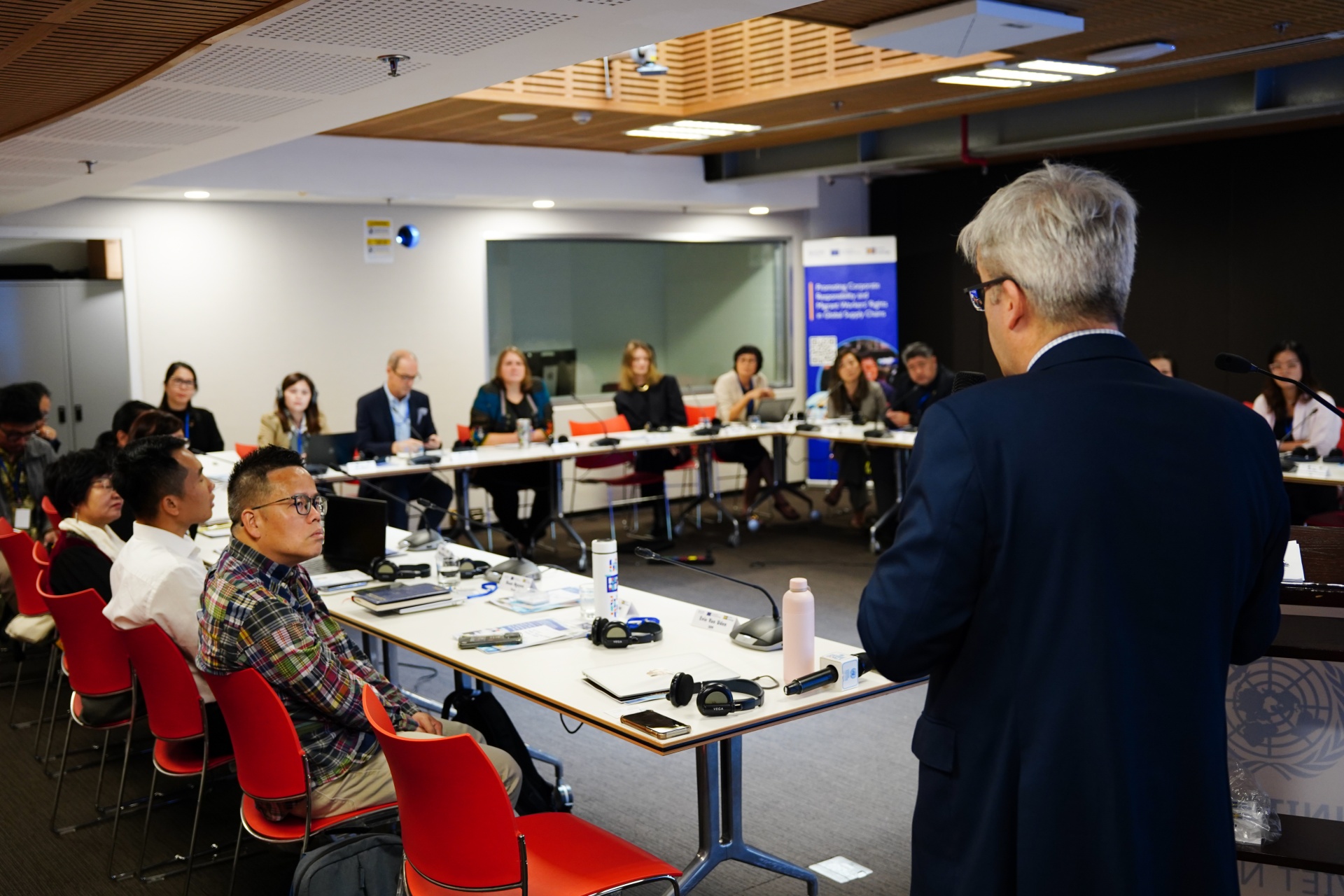Eku Energy lodges 1,600MWh Monduran BESS for environmental assessment in Australia – Energy-Storage.News

Report on the Monduran BESS Project and its Alignment with Sustainable Development Goals
Project Overview
- Proponent: Eku Energy
- Project Name: Monduran Battery Energy Storage System (BESS)
- Location: Queensland, Australia
- Technical Specifications:
- Power Capacity: 400MW
- Storage Capacity: 1,600MWh (1.6GWh)
Regulatory and Environmental Submission
Eku Energy has advanced the Monduran BESS project by submitting it for a formal environmental assessment. The referral has been lodged under Australia’s primary national environmental legislation, the Environment Protection and Biodiversity Conservation (EPBC) Act. This regulatory milestone is essential for ensuring the project’s development aligns with national standards for environmental stewardship and sustainability.
Contribution to United Nations Sustainable Development Goals (SDGs)
The Monduran BESS project is positioned to make significant contributions to several key Sustainable Development Goals (SDGs) through its role in advancing the clean energy transition.
-
SDG 7: Affordable and Clean Energy
- The project directly supports Target 7.2 by increasing the share of renewable energy in the national grid.
- It enhances energy infrastructure (Target 7.b) by providing large-scale storage, which is critical for grid stability and reliability as intermittent renewable sources are added.
-
SDG 9: Industry, Innovation, and Infrastructure
- This initiative represents an investment in resilient and sustainable infrastructure (Target 9.1) capable of supporting a modern, low-carbon economy.
- The deployment of a 1,600MWh BESS promotes clean and environmentally sound technologies (Target 9.4), fostering innovation within the energy sector.
-
SDG 11: Sustainable Cities and Communities
- By ensuring a more reliable and stable supply of clean energy, the project helps make human settlements more sustainable and resilient (Target 11.b).
- It contributes to reducing the environmental impact of cities by facilitating a move away from fossil fuel-based power generation that affects urban air quality.
-
SDG 13: Climate Action
- The project is a direct form of climate action, strengthening resilience and adaptive capacity to climate-related hazards (Target 13.1).
- Its core function—storing renewable energy to displace fossil fuels—is integral to national strategies for reducing greenhouse gas emissions and meeting climate change mitigation measures (Target 13.2).
Analysis of Sustainable Development Goals (SDGs) in the Article
SDG 7: Affordable and Clean Energy
- The article discusses the development of a 400MW/1,600MWh Battery Energy Storage System (BESS). BESS projects are critical for grid stability and enable a higher penetration of intermittent renewable energy sources like solar and wind. This directly supports the goal of ensuring access to affordable, reliable, sustainable, and modern energy for all.
SDG 9: Industry, Innovation, and Infrastructure
- The Monduran BESS project represents a significant investment in building resilient and sustainable energy infrastructure. As a large-scale energy storage facility, it is an example of technological innovation aimed at modernizing the energy grid to support a clean energy transition.
SDG 11: Sustainable Cities and Communities
- By facilitating the integration of more renewable energy into the grid, the BESS project contributes to reducing the reliance on fossil fuels for power generation. This can lead to improved air quality in urban and regional areas, helping to make communities more sustainable and healthier.
SDG 13: Climate Action
- The primary function of a BESS in a modern grid is to support the shift away from carbon-intensive energy sources. By storing clean energy and deploying it when needed, the project directly contributes to reducing greenhouse gas emissions from the power sector, which is a key action in combating climate change.
SDG 15: Life on Land
- The article explicitly states that the project has been submitted for environmental assessment under Australia’s Environment Protection and Biodiversity Conservation (EPBC) Act. This indicates that the project’s potential impacts on local ecosystems and biodiversity are being formally evaluated, aligning with the goal of protecting terrestrial ecosystems.
Specific SDG Targets Identified
Target 7.2: Increase substantially the share of renewable energy in the global energy mix.
- The 1,600MWh BESS project is an enabling technology for this target. By providing a mechanism to store and dispatch renewable energy, it helps overcome the issue of intermittency, thereby allowing a greater share of renewables to be integrated into Queensland’s energy system.
Target 9.1: Develop quality, reliable, sustainable and resilient infrastructure.
- The development of a large-scale BESS enhances the reliability and resilience of the energy grid. It provides stability, stores power for peak demand, and supports the infrastructure needed for a sustainable energy future.
Target 13.2: Integrate climate change measures into national policies, strategies and planning.
- This project is an example of a climate change mitigation measure being implemented. The development of large-scale energy storage is a key part of Australia’s strategy to decarbonize its electricity grid and meet its climate targets.
Target 15.9: Integrate ecosystem and biodiversity values into national and local planning and development processes.
- The submission of the Monduran BESS project for assessment under the EPBC Act is a direct application of this target. It demonstrates that environmental protection and biodiversity conservation are being integrated into the planning and approval process for this major infrastructure project.
Indicators for Measuring Progress
Indicator: Capacity of newly installed renewable energy and enabling technology (MW/MWh).
- The article provides specific figures for the BESS project: 400MW of power and 1,600MWh of energy capacity. This is a direct, quantifiable indicator of the investment in clean energy infrastructure that supports Target 7.2 and Target 9.1.
Indicator: Integration of environmental considerations into development projects.
- The article’s mention of the submission to the EPBC Act serves as a qualitative indicator. It shows that formal processes are in place and being followed to assess and mitigate the environmental impact of new infrastructure, which is relevant to measuring progress towards Target 15.9.
Summary Table of SDGs, Targets, and Indicators
| SDGs | Targets | Indicators |
|---|---|---|
| SDG 7: Affordable and Clean Energy | 7.2: Increase substantially the share of renewable energy in the global energy mix. | The installed capacity of the BESS (400MW/1,600MWh) which enables greater renewable energy integration. |
| SDG 9: Industry, Innovation, and Infrastructure | 9.1: Develop quality, reliable, sustainable and resilient infrastructure. | The development of a large-scale BESS project as a piece of modern, resilient energy infrastructure. |
| SDG 13: Climate Action | 13.2: Integrate climate change measures into national policies, strategies and planning. | The project itself, which represents a tangible action to support decarbonization of the energy grid. |
| SDG 15: Life on Land | 15.9: Integrate ecosystem and biodiversity values into national and local planning and development processes. | The project’s submission for assessment under the Environment Protection and Biodiversity Conservation (EPBC) Act. |
Source: energy-storage.news
What is Your Reaction?
 Like
0
Like
0
 Dislike
0
Dislike
0
 Love
0
Love
0
 Funny
0
Funny
0
 Angry
0
Angry
0
 Sad
0
Sad
0
 Wow
0
Wow
0















































/environment-climate-change-and-health-(ech)/water-sanitation-hygiene-and-health-(wsh)/landfill-tuvalu-36092.tmb-1200v.jpg?sfvrsn=5c21fe40_1#)


.jpg.webp?itok=0ZsAnae9#)

























